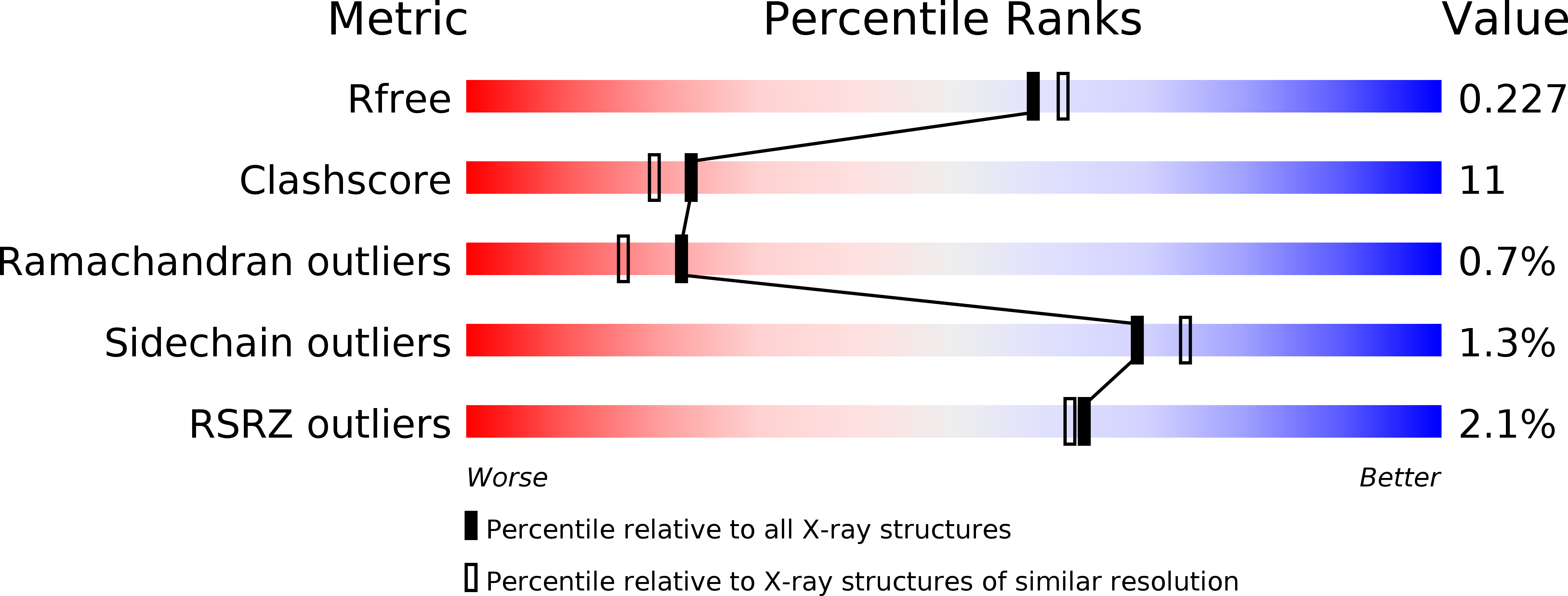
Deposition Date
2000-09-19
Release Date
2001-09-13
Last Version Date
2023-11-15
Entry Detail
PDB ID:
1E8C
Keywords:
Title:
Structure of MurE the UDP-N-acetylmuramyl tripeptide synthetase from E. coli
Biological Source:
Source Organism:
ESCHERICHIA COLI (Taxon ID: 562)
Host Organism:
Method Details:
Experimental Method:
Resolution:
2.00 Å
R-Value Free:
0.23
R-Value Work:
0.20
R-Value Observed:
0.20
Space Group:
C 2 2 21


